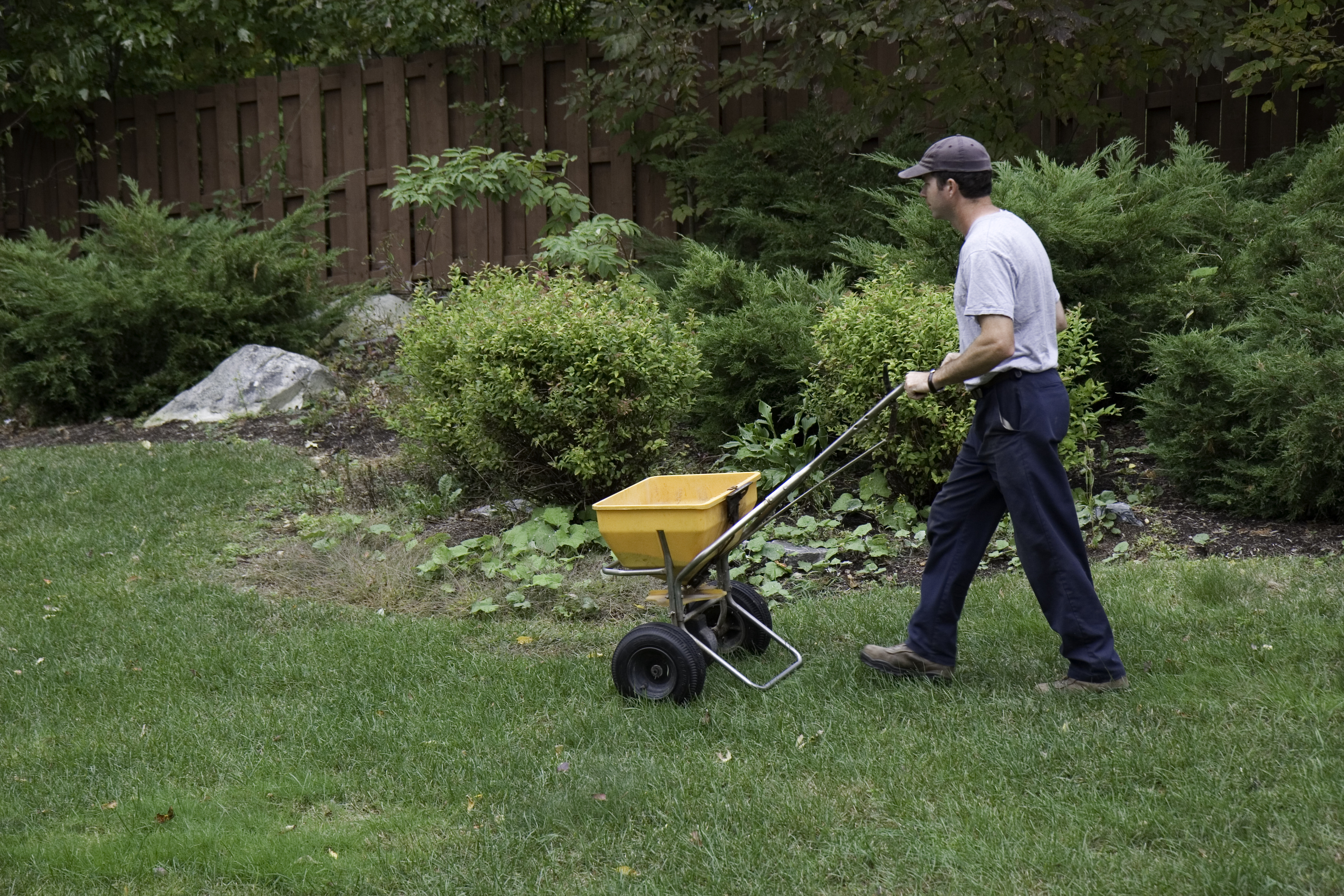
Get matched with top lawn fertilization and treatment specialists in Lexington, NE
Enter your ZIP and get matched with up to 5 pros
Need a pro for your lawn fertilization and treatment project in Lexington, NE?
Find Lawn fertilization and treatment specialists in Lexington
TruGreen
TruGreen
TruGreen® provides a full suite of tailored lawn and landscape services. From fertilization and aeration to tree & shrub services and much more, TruGreen delivers superior results backed by our Healthy Lawn Guarantee.®1 We also offer effective solutions to help control and prevent lawn damaging insects, like chinch bugs and grubs. Our passion for lawns sets us apart, and we’ll help you achieve a lawn you love. Contact us today to start your tailored lawn plan.
TruGreen® provides a full suite of tailored lawn and landscape services. From fertilization and aeration to tree & shrub services and much more, TruGreen delivers superior results backed by our Healthy Lawn Guarantee.®1 We also offer effective solutions to help control and prevent lawn damaging insects, like chinch bugs and grubs. Our passion for lawns sets us apart, and we’ll help you achieve a lawn you love. Contact us today to start your tailored lawn plan.
The Lexington, NE homeowners’ guide to lawn fertilization and treatments
From average costs to expert advice, get all the answers you need to get your job done.
 •
•Discover the cost to fertilize your lawn, including average prices, key factors, and tips to help homeowners budget for a lush, healthy yard.
 •
•Discover average lawn aeration cost, key price factors, and tips to save. Get a clear estimate for your yard and learn how to choose between DIY and hiring a pro.
 •
•Discover average hydroseeding cost, key price factors, and ways to save. Get transparent estimates for your lawn project and make informed decisions for your home.

Brown patches on your lawn may occur for several reasons, including lack of sunlight and overfertilization. Learn how to treat and prevent patches.

When it comes to drop spreaders versus broadcast spreaders, knowing the differences between them will help you make the right choice for your outdoor setup.

Grass seeds thrive in soil rich in nutrients, but a potting mix will not support your grass’ long-term health. Find out which type of soil is best for grass.
- 🌱 "Mow a small front yard"
- 🛠 "Fix a leaking pipe under the sink"
- 🏠 "Repair shingles on an asphalt roof"
